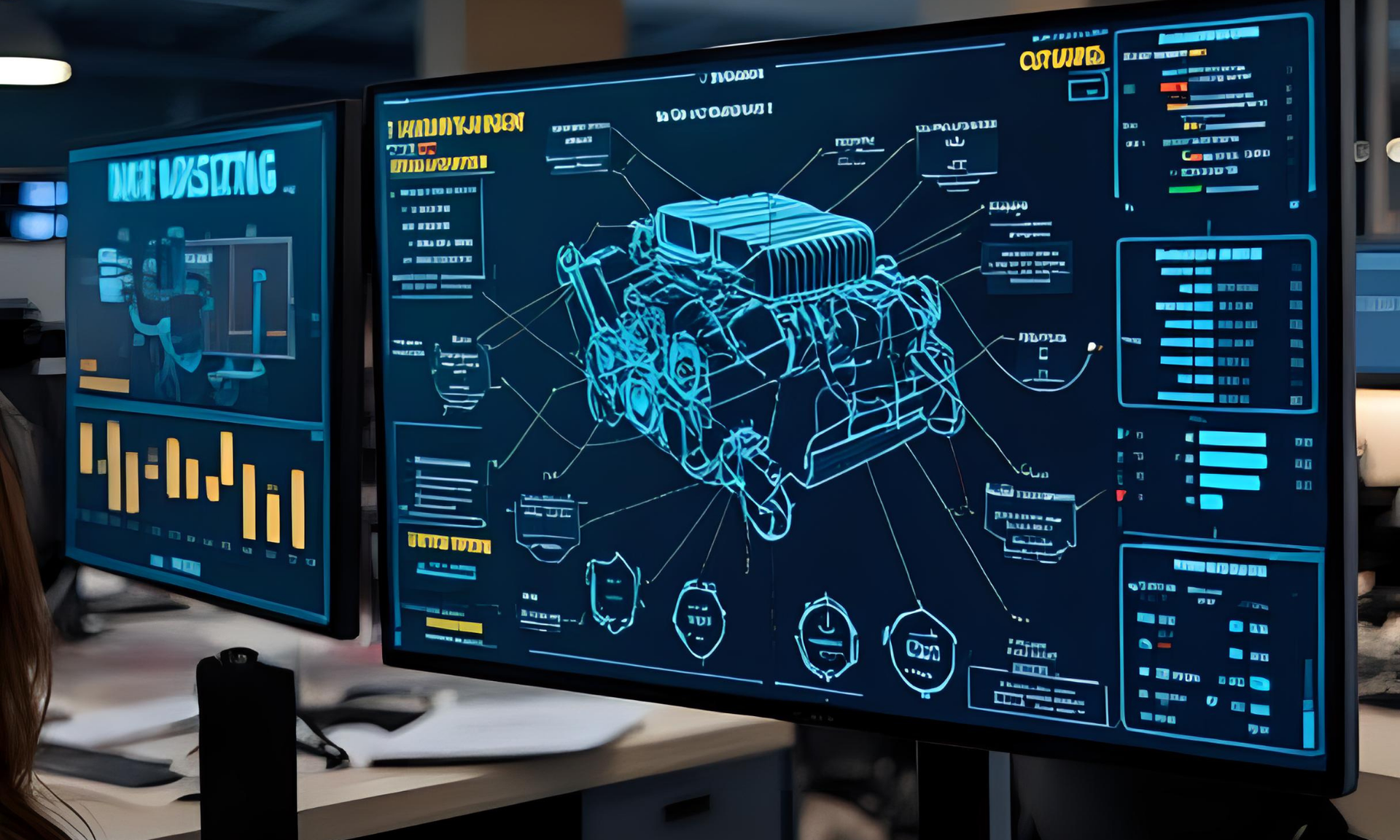Exploring the Environmental Benefits of the Metaverse: The Future of Sustainable Living
Metaverse and Future of Sustainable Living

As the world faces an uncertain future, the idea of sustainable living is becoming increasingly important.
With this in mind, the concept of the metaverse – an immersive, virtual, 3D environment – has been gaining traction as a potential solution for achieving sustainable living.
The metaverse could provide an innovative way to reduce our environmental impact and create a more sustainable future. Through the metaverse, we could reduce the need for physical transportation, interact with others virtually, and access resources from around the world.
By exploring the potential of the metaverse, we can find ways to create a more sustainable environment, and to help ensure a better future for generations to come.
What is the metaverse and what are its potential applications?
The concept of the metaverse was first introduced by the science-fiction writer, Neal Stephenson, in the novel, “Snow Crash,” which was published in 1992.
The term “metaverse” is derived from the words “metaphor” and “universe,” hence, a “metaphoric universe.” The metaverse is defined as an immersive, virtual, 3D environment where people can interact with other users and virtual objects.
A metaverse can be accessed through your laptop, desktop, mobile device, or an augmented reality (AR) headset or with a virtual reality (VR) headset.
The metaverse is an emerging technology that could have a range of applications, including healthcare, education, communication, and entertainment. In order to make the most of the technology, we need to first understand how the metaverse works.
Advantages of the metaverse for sustainable living
There are a number of advantages of the metaverse for sustainable living. Some of these advantages include:
Reduced physical transportation
One of the advantages of the metaverse for sustainable living is that it could reduce the need for physical transportation.
Through the metaverse, we could interact with others virtually, and therefore, avoid physical transportation. We could also choose to visit locations virtually and avoid physical travel altogether.
This could save a ton of energy as well as your own time, while reducing CO2 emissions from transportation.
Virtual interactions
Another advantage of the metaverse for sustainable living is that it could be used for virtual interactions with healthcare providers, educators, and others. Virtual interactions could reduce the need for people to travel and could save energy and reduce CO2 emissions.
Access to resources from around the world
Another advantage of the metaverse for sustainable living is that it could allow us to access resources from around the world.
This could be particularly useful for communities that are geographically isolated. It could also be useful for those who cannot access resources due to a disability.
Increased engagement
Another advantage of the metaverse for sustainable living is that it could increase engagement.
It could allow people to engage with content in a number of different ways. Virtual reality could also be used to create highly engaging content, which could help to make the experience even more engaging.
Challenges of the Metaverse
There are a number of challenges for the metaverse for sustainable living. Some of these challenges include:
High costs
One challenge for the metaverse for sustainable living is that it could have high costs associated with it.
This could be particularly true for those who use high-end technology, such as an AR or VR headset.
In addition, maintenance for the headset would also be required, which could lead to additional costs.
Design
Another challenge for the metaverse for sustainable living is that it could require a significant amount of design.
In order to create a highly engaging environment, designers would need to create engaging content, graphics, and visuals, which could be challenging.
In addition, to engage people, there would also need to be a narrative behind the content, which could be particularly challenging.
User engagement
Another challenge for the metaverse for sustainable living is that it would require people to engage with it.
If people are not interested in engaging with the metaverse, then it would not have a positive impact on sustainable living.
Potential solutions to the challenges
In order to overcome the challenges of the metaverse for sustainable living, we could focus on the advantages of the metaverse.
We could also seek to learn from other immersive environments, such as virtual reality games, and from other fields, such as healthcare.
By doing this, we could identify ways in which we could make the most of the technology, and find ways to make a positive impact on sustainable living.
High costs
One way to address the challenges of the metaverse for sustainable living, including the high costs associated with it, is to ensure that it is used in the most efficient way possible.
This could be done by engaging with the technology in a way that would maximize the benefits for users. It could also be helpful to keep costs down by using low-end VR or AR technology.
Design
Another way to address the challenges of the metaverse for sustainable living, including the need for engaging content, graphics, and visuals, is to work with designers who have experience in creating immersive environments, such as virtual reality games.
User engagement
Another way to address the challenges of the metaverse for sustainable living, including user engagement, is to develop a narrative that is designed to engage people.
This could be done by reading up on the health benefits of VR and AR, and taking inspiration from virtual reality games.
Examples of successful metaverse projects
There are a number of examples of successful metaverse projects, including:
MIT’s CityForest
CityForest is a project that has been developed by MIT Media Lab and the Singapore Botanic Gardens. The project aims to create a virtual Garden of Eden in a “CityForest.” Users can interact with the garden in a variety of different ways, including through a VR headset.
Virtual Reality for Sustainable Architecture (VRSA)
The VRSA project is a collaboration between two European universities and the United Nations Environment Program (UNEP). Through the project, students have created virtual models of environmentally sustainable architecture projects, such as solar-powered buildings.
New York’s City Democracy
The New York City Democracy project explores the potential for urban democracy in New York. The project uses VR technology to allow citizens to experience what democracy in New York would be like using a “City Democracy” model.
Summary of the environmental benefits of the metaverse
The metaverse could have a wide range of benefits for sustainable living. It could reduce the need for physical transportation, virtual interactions, and access to resources from around the world.
It could also increase engagement and help to create more environmentally sustainable architecture projects.
The challenges of the metaverse include high costs, the need for design, and user engagement.
Potential solutions to the challenges include keeping costs down, working with designers who have experience creating immersive environments, and developing a narrative that is designed to engage people.
There are a number of examples of successful metaverse projects and the benefits of the metaverse could help to create a more sustainable future.
With the help, of the metaverse, we could find innovative ways to reduce our environmental impact and create a more sustainable future. Contact us today if you have a project that can benefit from the use of the metaverse.
Conclusion – the potential of the metaverse to create a more sustainable future
The potential benefits of the metaverse for sustainable living show that it could provide an innovative way to reduce our environmental impact and create a more sustainable future.
With the help of the metaverse, we could reduce the need for physical transportation, virtual interactions, and access to resources from around the world.
The challenges of the metaverse include high costs, design, and user engagement. Potential solutions to the challenges include keeping costs down, working with designers who have experience creating immersive environments, and developing a narrative that is designed to engage people.
There are a number of examples of successful metaverse projects, and the benefits of the metaverse could help to create a more sustainable future. With the help of the metaverse, we could find innovative ways to reduce our environmental impact and create a more sustainable future.
If you are looking to use the metaverse to benefit your project, contact us today. Subscribe to our email newsletter to get weekly metaverse news updates!





















